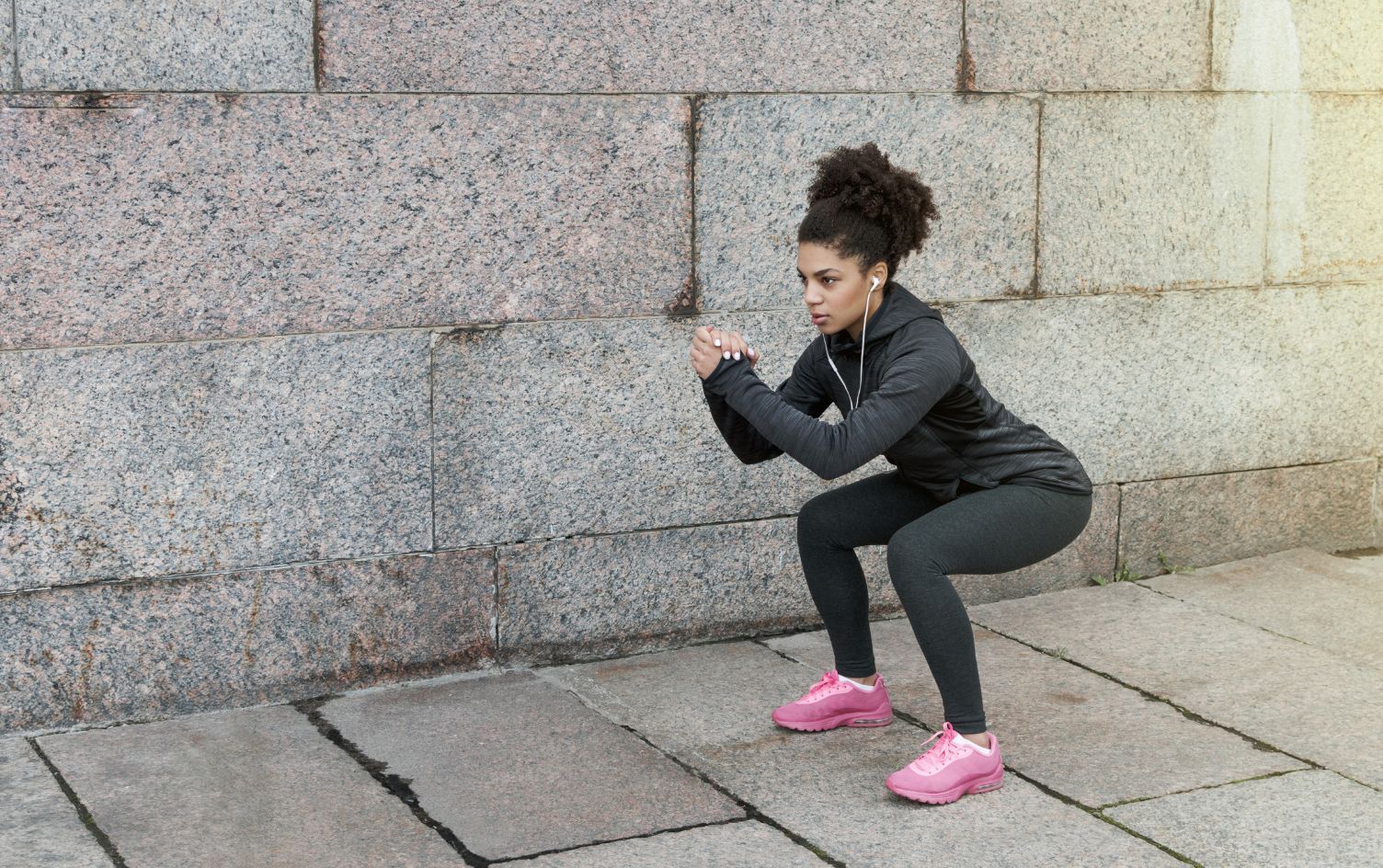Whether you want to add muscle, burn fat, improve your athleticism or increase your overall health and wellness, a great workout program can help you achieve your goals. The best training programs contain the same specific components to deliver safe, fast and effective results.
Here’s how to build your own workout:
START WITH AN ASSESSMENT
Everyone should follow a workout program based on their individual starting point. If you’ve ever had a personal trainer consultation, this will sound familiar. Before you pick a training program, you’ll need to take inventory of important things like:
- Your mobility: Can you touch your toes, squat, stand on one leg, etc.? Do you have injuries, pain, etc.?
- Your conditioning: What’s your resting heart rate? How long does it take for your heart rate to recover? If you have a mile time, what is it?
- Your strength: What’s your personal record on powerlifts? How many pushups can you do?
- Your physique: How much do you weigh? What’s your body-fat percentage?
Once you determine where you are, you’ll know exactly what you should and should not focus on. For example, if you don’t move well, you should avoid bootcamps or other high-intensity interval methods until you have good movement patterns. Also, if your baseline conditioning isn’t good, focus on that before you do a highly specified program.
FOCUS ON YOUR GOAL
Your workout must match your goal. It seems simple, but most people (and personal trainers) fail at this.
For example, if you want to add 10 pounds of muscle, you shouldn’t be doing intense, total-body circuit training (which is geared more toward fat loss).
At the same time, if you want to burn 10 pounds of fat, you shouldn’t be doing a bodybuilding-type workout, which won’t be able to drive the same metabolic demands as a HIIT workout.
USE GOOD MOVEMENT PATTERNS
Unless you’re a bodybuilder, your workout should mainly consist of multi-joint exercises based on a fundamental movement patterns. Pick from these basic types of movements:
- Lower-body pull like a hip-hinge, deadlift, Romanian deadlift, single-leg deadlift, etc.
- Lower-body push like a squat or lunge and their variations.
- Upper-body pull like chinups, pullups, dumbbell rows, lat pulldowns, etc.
- Upper-body push like a pushup, military press, bench press, etc.
- Balance with single-leg moves (e.g., walking lunges, split squats, reverse lunges, lateral squats)
- Core like planks, chops, weighted carries, crawls, Turkish get-ups, etc.
Not only do they burn a lot of calories and help you build muscle, but they also improve your movement mechanics and engrain them in your brain.
WARM UP
If you don’t have time to warm up, you don’t have time to workout.
But doing a few basic stretches and a quick run won’t help you unlock your full potential. Instead, do a warmup specifically designed to improve the range-of-motion at your joints, activate chronically weak muscles and prime your nervous system for real work.
That way, once you start lifting weights, your muscles and mind will be ready for whatever you throw at it.
STRUCTURE YOUR WORKOUT
The heavier the exercise, the more muscles it targets and the more complex it is, the earlier that exercise should come in your workout.
For example, a power clean is a heavy, complex exercise that targets a lot of muscles. This needs to come first (after your warmup). If you do this later in your workout, when you’re tired and fatigued, you won’t be able to express the same power and you might risk injury.
Movements like bench presses, squats and deadlifts should also come early in your workout.
Once these movements are complete, you can move on to smaller exercises like bicep curls, planks, etc.
CHOOSE APPROPRIATE SETS AND REPS
Your sets and reps — called “volume” — depend largely on your goals. That’s because they influence how much strength and size you gain as well as what physical adaptations you make.
Here’s a general guideline of what each rep range targets:
- Maximal Strength: 1–3 reps
- Strength: 4–6 reps
- Hypertrophy (building muscle): 8–12 reps
- Endurance: 15+ reps
Once you know this, you can pick your number sets. Generally speaking, for most people, anywhere between 25–50 total reps for your main exercises is solid. Therefore, set/rep combinations like 5×5 (25), 8×4 (32), 7×7 (49) and 4×12 (48) all work fine.
REST
The amount of time you need between sets to catch your breath or feel prepared to do another set depends largely on your fitness goal. But, generally speaking:
- For pure strength, rest for at least 1 minute (or more) between sets so you can express maximum strength for each set
- For fat loss, rest as little as possible or up to 30 seconds
- For muscle gain, rest around 30–60 seconds
CONSTANTLY REFINE
The trick to fitness is your body always adapts to your routine, which is why you have to continually progress to see benefits.
Every few weeks, tweak your program based on how you’re progressing. If you’re getting stronger and fitter, slowly increase your volume so your body can continue to adapt; if, however, you’re plateauing and feeling tired, decrease your volume so your body can recover and rebuild.
That way, you’ll constantly improve and get results that last a lifetime.




